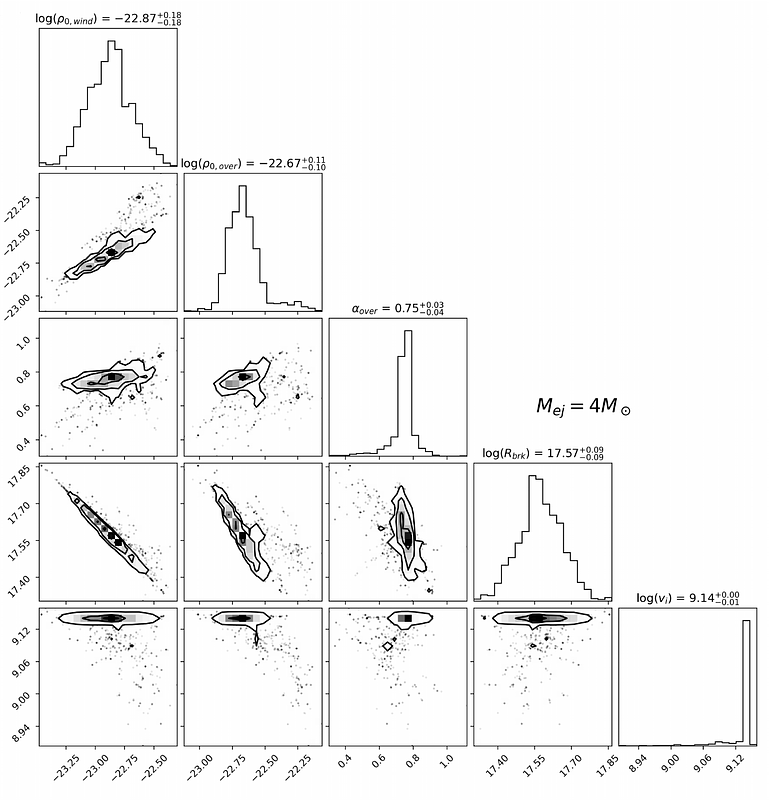The radio re-brightening of the Type IIb SN 2001ig

The radio re-brightening of the Type IIb SN 2001ig
Roberto Soria, Thomas D. Russell, Eli Wiston, Siying Cheng, Raffaella Margutti, Kovi Rose, Stuart Ryder, Giacomo Terreran
AbstractWe study the late-time evolution of the compact Type IIb SN 2001ig in the spiral galaxy NGC 7424, with new and unpublished archival data from the Australia Telescope Compact Array and the Australian Square Kilometre Array Pathfinder. More than two decades after the SN explosion, its radio luminosity is showing a substantial re-brightening: it is now two orders of magnitude brighter than expected from the standard model of a shock expanding into a uniform circumstellar wind (i.e., with a density scaling as R^{-2}). This suggests that the SN ejecta have reached a denser shell, perhaps compressed by the fast wind of the Wolf-Rayet progenitor or expelled centuries before the final stellar collapse. We model the system parameters (circumstellar density profile, shock velocity, mass loss rate), finding that the denser layer was encountered when the shock reached a distance of ~0.1 pc; the mass-loss rate of the progenitor immediately before the explosion was Mdot/v_w ~ 10^{-7} Msun/yr/(km/s). We compare SN 2001ig with other SNe that have shown late-time re-brightenings, and highlight the opposite behaviour of some extended Type IIb SNe which show instead a late-time flux cut-off.